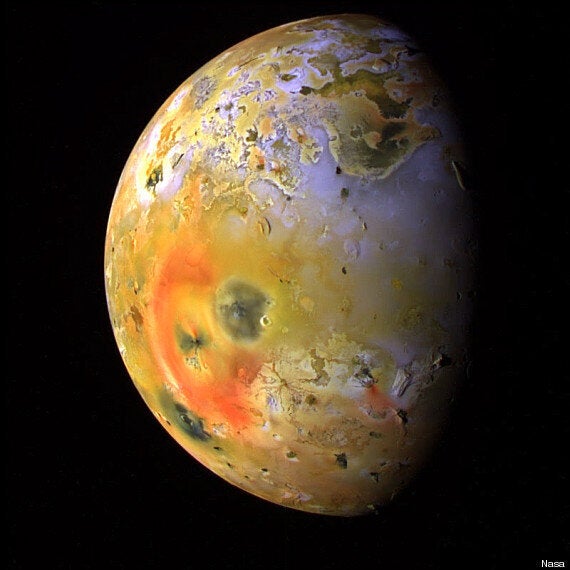Our planet might have once looked a lot like another world in our Solar System appears today - but no, it isn't Mars.
Scientists now say that Jupiter's strange and hyper-volcanic moon Io is the best comparison to the ancient Earth.
Four billion years ago Earth was intensely volcanic, having formed from the collision of several small "planetesimals" about 500 million years previously. Those collisions, combined with the separation of our magnetic core left the Earth extremely hot, with up to 10 times more internal heat than today.
But instead of a system of plate tectonics, scientists report in the journal Nature that it is more likely Earth worked like Io - with huge volcanic pipes flowing superhot material up to the surface.
Io is currently the most active volcanic object in the solar system. The huge gravitational pull of its host planet, Jupiter, means that the material in its core is constantly pouring onto the surface, covering the whole moon in a centimetre of lava every year.

Above: Io, as pictured by the Galileo spacecraft in 1997
According to Space.com, the team from Hampton University in Virginia says that Earth probably looked very similar to Io in its first billion years. At that point the surface solidified enough to switch to a plate tectonics mechanism, leading to a less intensely volcanic world.
The study could have implications for our search for life on other planets. Scientists have already found several 'super-Earths' - very large planets thought to be capable of supporting life. But if this theory is correct, it could be that such planets are unable to switch from the 'heat-pipe' model to the plate tectonic model within the lifetime of their star. And that would have disastrous implications for the prospect of life developing beyond very simple organisms.